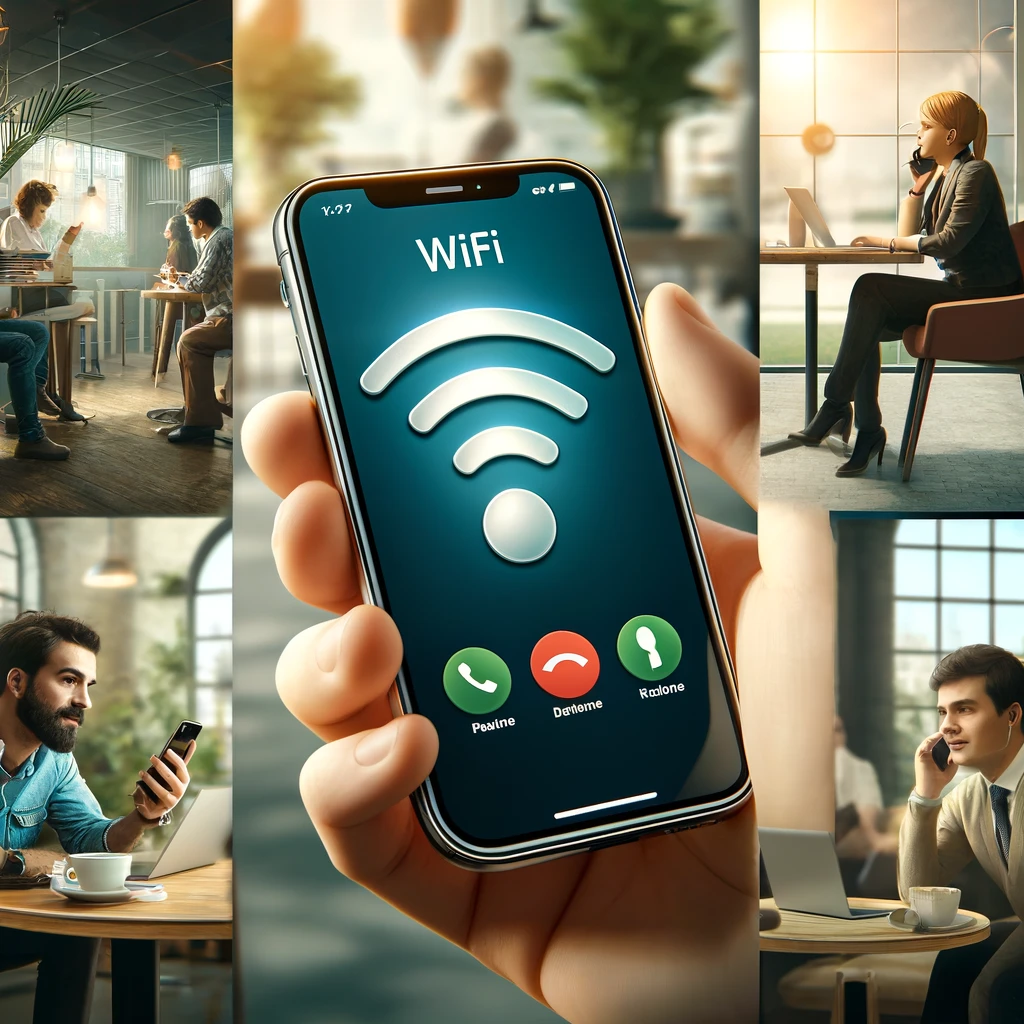
iPhone WiFi calling is a feature that allows users to make and receive phone calls over a WiFi network instead of using the traditional cellular network. This capability is particularly valuable in areas where cellular reception is poor, ensuring that users can maintain clear and consistent communication regardless of cellular signal strength.
Integrating WiFi calling into the iPhone’s suite of features represents Apple’s commitment to enhancing connectivity and convenience for its users. Once enabled, the iPhone can automatically switch to WiFi calling when the cellular signal is weak or unavailable, providing a seamless experience for the user. This feature is integrated into the phone’s standard dialer interface, meaning that users can make and receive WiFi calls just as they would with regular calls, without needing to use a separate app.
The setup process for WiFi calling on an iPhone is straightforward. Users can activate the feature in the settings menu, under the phone or cellular options. Once activated, the phone will display a “WiFi” label alongside the carrier’s name, indicating that WiFi calling is enabled and ready to use.
One of the significant advantages of WiFi calling on the iPhone is improved call quality, especially in locations where cellular reception is known to be weak, such as basements, buildings with thick walls, or rural areas. By using a WiFi network, calls are often clearer and more reliable than those made over cellular connections.
Moreover, WiFi calling can be a cost-effective option for iPhone users. When traveling internationally, users can avoid expensive roaming charges by making calls over WiFi. Depending on the carrier, these calls might be treated as local calls, potentially leading to significant savings, especially for frequent travelers or those who communicate internationally regularly.
Despite its benefits, WiFi calling on the iPhone does depend on the quality of the WiFi connection. If the network is unstable or slow, users may experience reduced call quality, including dropped calls or delays. Therefore, a strong and stable WiFi connection is essential for optimal use of WiFi calling.
Apple’s incorporation of WiFi calling has evolved over time, with continuous improvements to ensure better integration and user experience. The feature is supported on a wide range of iPhone models and is available with numerous carriers worldwide, reflecting its growing importance in the telecommunications landscape.
WiFi calling on the iPhone also extends to other Apple devices through the Continuity feature. This means that users can make and receive WiFi calls on their Mac, iPad, or Apple Watch, provided these devices are connected to the same Apple ID as the iPhone. This interoperability enhances the ecosystem’s cohesion, offering users a unified and convenient communication experience across their Apple devices.
In the context of emergency services, WiFi calling on the iPhone supports emergency calls, providing a critical communication link when cellular networks are not available. This feature is particularly important in situations where reaching out for help via a traditional call might not be possible due to poor cellular coverage.
WiFi calling on the iPhone represents a significant advancement in mobile communication, offering users enhanced call quality, cost savings, and greater coverage. As WiFi networks become increasingly ubiquitous and reliable, the utility and popularity of WiFi calling are set to grow, further cementing its role as an essential feature for iPhone users seeking versatile and dependable communication solutions.